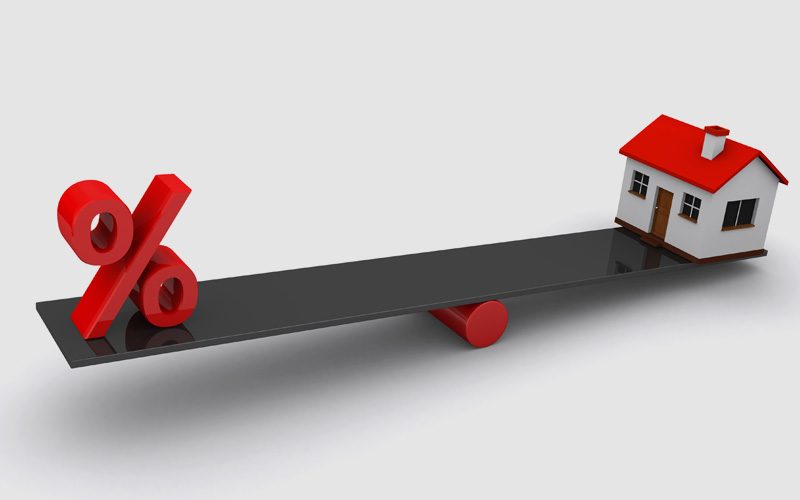
The thought of buying a home can be really exciting and why not when it happens to be one of the best things to do in order to achieve our social needs. Having said that, the cost of homes these days is sky rocketing prompting us to give a second thought on how we can achieve this dream objective of ours. Unless we are comfortably capable of paying the entire amount in one go, we should not attempt to do so. Footing the entire bill is not only foolhardy but also reflects the lack of forethought for future needs and that is why home loans matter more than ever.
While home loans bring about a definite amount of relief they also bring in a certain amount of complexities and if we are not careful this could end up the wrong way. Here are a few things to keep in mind before you apply for a home loan –
Eligibility criteria: First and foremost, you will need to understand if you are eligible for a home loan and if you are, to what extent or amount can the home loan be disbursed. Factors such as – your current income, your existing loan amount, the company you work for (Yes, an established company gives the bank more confidence than let’s say a start-up!), your CIBIL score (lower the score, lesser are the chances) and in case your spouse / family member is applying his or her income will also be considered.
Often times, as potential home owners we may be in for a surprise – If our income is high, we may not get the desired amount or the desired interest rate. This can happen if we have more than one loan pending or if we are already paying for a home purchased previously. The way a lending institution or a bank decides on interest rates and loan amount is on the risk affinity of the borrower – higher the risk, lower the chances.
Down payment: Down payment or the initial payment given to the developer for home purchase in a way determines your equated monthly instalments or EMIs and interest rates. Usually banks give between 75-80% of the total cost as loan. Let’s say you went with a down payment of 35% of the total cost, you can either keep repayment duration the same or reduce it to a lesser number of years. Lower the repayment period, lower the interest rates.
EMIs and loan tenure: It is very important to know about EMIs and loan tenure. Longer the tenure, higher the repayment and bigger is the burden. How long should be the tenure then? The loan tenure and the EMIs should be decided based on a few factors. First and foremost is the current earnings of the borrower. Another thing to keep in mind is the age, the older the borrower greater the risk. This risk can be in the form of health issues, other commitments and of course the retirement age if the borrower is solely dependent on his income.
Lower the tenure higher the EMIs but again, it is important to keep in mind that traditionally the EMIs should not be above 55-60% of the income. An EMI of 35-40% of income is a good state to be in as far as borrowing is concerned. Normally, the loan tenure period is for 20 years, as a borrower it is good if you can find ways to reduce this time line through a higher down payment or other sources of income. Think of it this way, if you buy an apartment worth 60 lakh and went with a 12 lakh (20%) down payment and 48 lakh loan, you will end up with the EMIs as shown below:
- For tenure of 15 years @ 8.4% interest rate – INR 46,987 / Month
- For tenure of 20 years @ 8.4% interest rate – INR 41,352 / Month
- For tenure of 30 years @ 8.4% interest rate – INR 36,568 / Month
The above EMI figures should give you a clarity on how you can arrive at deciding on a tenure. It bodes well to remember that a certain percentage of your income should be kept aside for medical purposes while another percentage for your life savings.
Fixed Rate or Floating Rate: Fixed rate is such that your rate of interest remains the same regardless of what happens in the economy and how other factors contribute to the changes in bank rates whereas going with floating rates brings in the factor of change in interest based on causative factors. In April of 2016, RBI came up with – Marginal Cost of Fund Based Lending Rate (MCLR) in a bid to ensure more transparency and the transmission of the cut in interest rates. When banks provide a home loan they consider the MCLR and add a spread over the MCLR before coming up with the final interest rates. Home loans linked to MCLR can be reset once in six months or 1 year.
For example, if you have taken a loan in the month of June 2018 with a reset of 1 year, and Repo rate is cut by RBI in July, you will not have the luxury of availing the cut immediately. Rather, the cut in interest rate will apply from June of 2019.
There is much to the mechanics of a home loan sanctioning and in case of doubt it makes sense to check with friends who have gone through the procedure or with a professional who deals in loans. These days you also have online platforms that help provide a basic idea on the interest rates and home loans so make use of those too.

